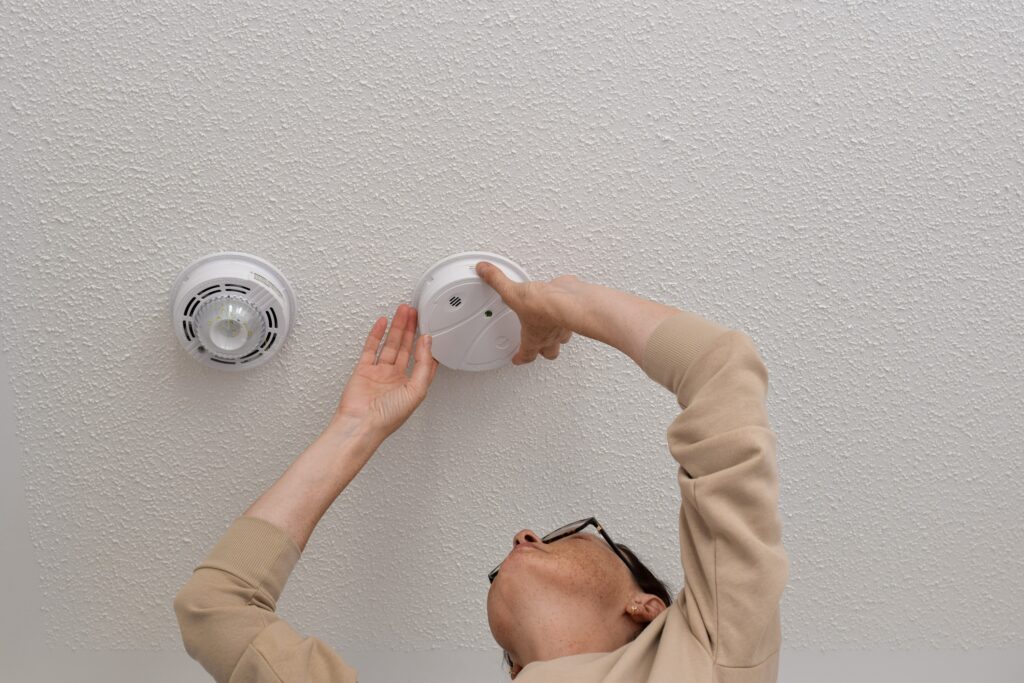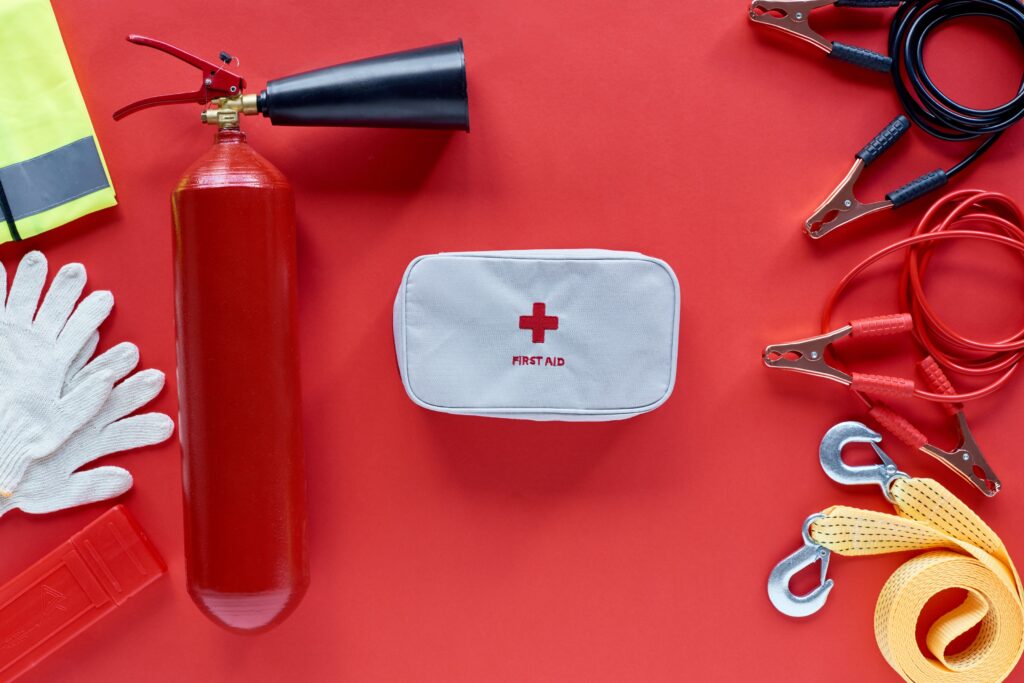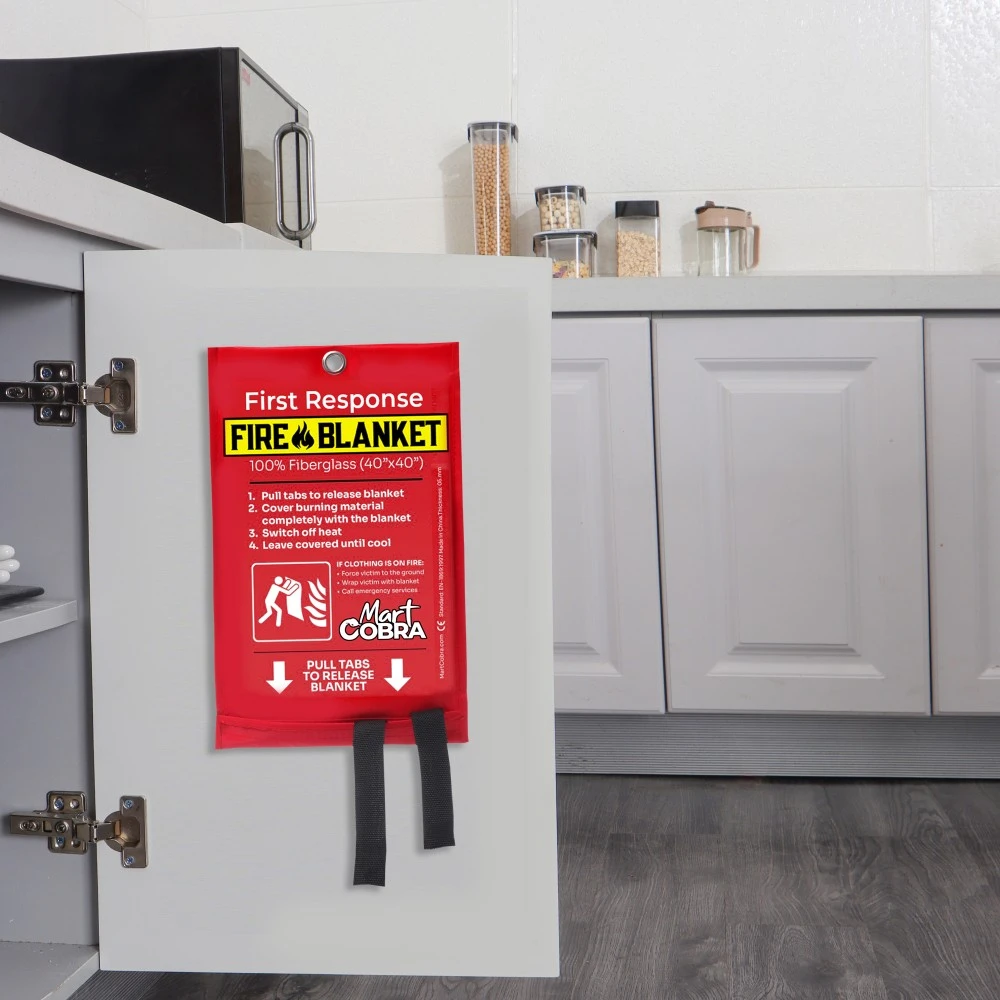Fires can be devastating, destroying homes and even claiming lives. However, with proper preparation and knowledge, you can minimize the risk of a fire occurring or be better equipped to handle one if it does happen.
A fire safety plan is a comprehensive document that outlines essential actions to take before, during, and after a fire. It includes evacuation routes, designated meeting points, emergency contacts, and safety measures to reduce risks.
A well-constructed fire safety plan ensures that all household members know what to do during a fire, overall reducing panic and confusion.
Importance of Fire Safety
Fire safety is a crucial aspect of responsible homeownership. Every year, thousands of homes are destroyed by fires, resulting in significant loss of life and property. For parents and safety enthusiasts, understanding how to prepare a fire prevention plan can make all the difference in protecting your loved ones and your home.
This guide will walk you through the essential steps to create an effective fire safety plan, ensuring you’re well-prepared in an emergency.
How to Prepare for a Home Fire?
Here are eight ways to prepare for a fire at home:
1. Identifying Potential Fire Hazards in Your Home
The first step in preparing for a fire emergency at home is to identify potential fire hazards. Here are some common hazards to look out for:
- Electrical Wiring: Check for frayed wires, overloaded outlets, and outdated electrical systems. Call a professional immediately if you find any major fire hazards like faulty wiring or malfunctioning appliances.
- Combustible Materials: Store flammable items like gasoline, cleaning products, and propane safely away from heat sources. Potential ignition sources such as candles, cigarettes, and matches should also be kept away from flammable materials.
- Cooking Appliances: Monitor kitchen appliances and ensure they are turned off when not in use.
- Heating Equipment: Regularly maintain and inspect furnaces, space heaters, and fireplaces to avoid malfunction.
- Hazardous materials: Dispose of hazardous materials, such as batteries and chemicals, properly to avoid fires.

2. Install and Test Smoke Alarms
Smoke alarms are your first line of defense against home fires, providing early warning signs to evacuate safely. It’s essential to install smoke alarms on every level of your home, including inside and outside each sleeping area.
Be sure to test your smoke alarms regularly to ensure they are functioning correctly. Additionally, replace batteries at least twice a year and replace the entire smoke alarm unit every ten years.
3. Create an Evacuation Plan
An effective home fire escape plan requires meticulous preparation and clear communication with all household members.
Begin by creating a detailed home floor plan, highlighting all possible exits, including doors and windows. Identify at least two escape routes from each room to ensure an alternative path is available if one is obstructed by fire or smoke. Ensure these routes are easily accessible and free of obstructions, and verify that windows can be opened quickly and that screens or security bars can be easily removed in an emergency.
Consider the specific needs of young children, elderly family members, and pets. Assign responsibilities to ensure these vulnerable members receive assistance during an evacuation. Make sure everyone knows how to evacuate safely.
Compile a list of essential phone numbers, including the local fire department, doctors, and family members, and place this list in a prominent location, such as on the refrigerator or near the phone. Additionally, consider installing fire escape ladders in rooms above the first floor to facilitate easy evacuation.
A well-designed home fire escape plan significantly enhances your household’s safety and preparedness in an emergency.
4. Establish a Meeting Point
Designate a specific meeting place outside your home where everyone can gather after evacuating safely. This will help you account for all members of your household and determine if anyone is missing. Ensure that this location is at a safe distance from the house to avoid any potential dangers but close enough for everyone to reach quickly.
Also, make sure all household members know the address and are familiar with the route to this meeting point.
5. Keep Fire Blankets and Fire Extinguishers Handy
Keeping fire blankets and fire extinguishers readily accessible in your home is crucial for swiftly addressing small fires before they escalate into uncontrollable blazes.
Fire blankets, made from fire-resistant materials, can smother flames by cutting off the fire’s oxygen supply. They are particularly useful for kitchen fires, clothing fires, and small electrical fires.
On the other hand, fire extinguishers are versatile tools capable of extinguishing various types of fires, including grease, electrical equipment, and ordinary combustibles like paper and wood.
Having fire protection equipment within arm’s reach can significantly reduce potential damage and provide you with the means to protect your home and loved ones. Regularly inspect and maintain these items to ensure they are in proper working order and that every household member knows how to use them effectively.

6. Have a Fire Safety Kit Ready
A fire safety kit is a collection of essential tools and supplies designed to help you respond effectively to a fire. This kit often includes items such as a fire extinguisher, fire blanket, smoke detector, escape ladder, flashlight, gloves, and a whistle. Additionally, it may contain important documents, emergency contact numbers, and a first aid kit.
The primary purpose of a fire safety kit is to ensure that you have everything you need to act swiftly and safely when a fire breaks out, minimizing harm and maximizing your chances of a safe evacuation.
Having a fire safety kit is crucial for several reasons. First, it keeps you prepared for unexpected fire emergencies, offering peace of mind that you can immediately protect yourself and your family.
Second, it helps you address small fires quickly and prevent them from becoming uncontrollable, potentially saving lives and reducing property damage. Additionally, having a well-stocked kit ensures that you have access to vital resources during an evacuation, such as a flashlight for navigating darkened areas and a whistle to signal for help.
By investing in a fire safety kit, you not only enhance your household’s safety but also reinforce the importance of proactive home fire prevention and preparedness.
7. Practice Fire Drills
Practicing fire drills is essential to ensuring that every household member knows how to act quickly and safely in a fire emergency.
A fire drill is a simulated evacuation exercise that allows you to test your fire escape plan and identify any potential issues or obstacles. It also helps children understand the seriousness of a real fire emergency and familiarizes everyone with the sound of smoke alarms.
When conducting a fire drill, ensure everyone responds promptly to the alarm and follows the designated escape routes. Practice different scenarios, such as an exit blocked by smoke or an incapacitated family member, and discuss how to handle each situation.
Remember to practice fire drills at least twice a year and review and update your evacuation plan regularly as needed. By doing so, you can increase your household’s preparedness and reduce the risk of injuries or fatalities in case of a real fire emergency.
Family and Community Involvement in Fire Safety
Fire safety is a community effort, and involving your family and neighbors in fire prevention and preparedness can enhance the overall safety of your household and community. Here are some ways you can involve your family and community in fire safety:
- Educate: Teach your family members, especially children, about potential fire hazards and how to prevent them. Inform your neighbors about fire risks in your area and encourage them to take appropriate precautions.
- Share Resources: Share information about fire safety resources with your family and community, such as local fire departments, evacuation routes, and emergency contact numbers.
- Organize Training Sessions: Consider organizing or participating in training sessions on fire prevention and response. These trainings can be conducted by certified firefighters or organizations specializing in fire safety education.
- Volunteer: Get involved in local fire safety initiatives and volunteer your time to support community events or activities focused on fire prevention and preparedness.
By actively involving your family and community in fire safety, you not only increase the chances of a safe response to an emergency but also foster a sense of unity and responsibility for protecting each other’s well-being.

Technology and Fire Safety: Modern Tools for Home Protection
With advancements in technology, more tools and resources are available to enhance home fire safety further. Some of these include:
- Smart Smoke Detectors: These devices can send alerts to your phone if smoke is detected, even when you’re away from home. They can also be connected to smart home systems, allowing for automatic emergency calls to be made in case of a fire.
- Automatic Sprinkler Systems: These systems detect and suppress fires automatically, reducing the chances of extensive damage. Some models can also be controlled remotely through a mobile app.
- Fire Blanket Cabinets: These cabinets store fire blankets in designated areas that can be quickly accessed during an emergency. They also remind homeowners to keep important fire safety equipment in easily accessible locations throughout the house.
- Fire Safety Apps: There are various apps available that provide information on fire safety, including evacuation routes and emergency contact numbers. Some also offer real-time updates and alerts about fires in your area.
- Smart Security Systems: These systems can incorporate fire detection capabilities and other security features, providing comprehensive protection for your home.
By utilizing technology in addition to traditional fire safety measures, you can further enhance the overall safety and protection of your household.
Conclusion
Fire safety is essential for every household, and taking proactive steps to prevent fires and prepare for emergencies can save lives and minimize property damage. By following the tips outlined in this guide, you can create a comprehensive fire safety plan that protects your home and loved ones.
Remember to review and update your fire safety measures regularly, involve your family and community in fire safety efforts, and utilize modern tools and resources to enhance protection further. Your proactive actions can make all the difference in ensuring a safe response to an emergency. Stay safe, stay prepared!

0 comments